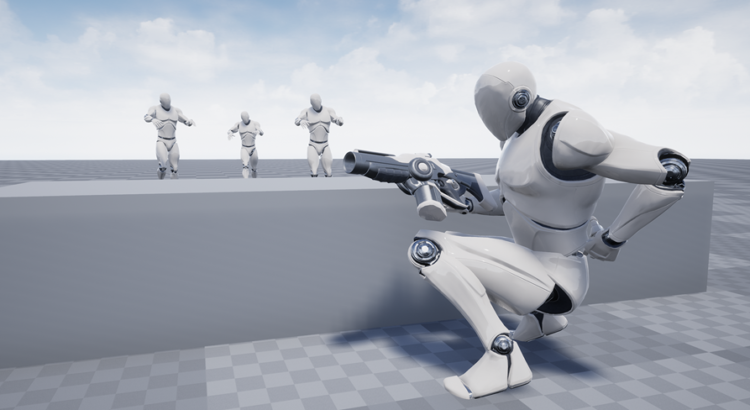GameState Blueprint acts as a data container for information about the state of a game. This information can include data about the players, score, current level, game rules, and any other relevant information that needs to be stored and managed throughout a game session.
GameState Blueprint is important because it allows you to persist information about the game state across different levels and different instances of the game. For example, if you are creating a game with multiple levels, you can use the GameState Blueprint to store the player's score and other relevant information, so that this information is available to you in each level of the game.
One of the key benefits of using a GameState Blueprint is that it makes it easier to manage the state of the game in a centralized and organized way. This can be especially important in larger games, where there is a lot of data that needs to be managed and tracked.
Another benefit of using a GameState Blueprint is that it allows you to share information between different parts of the game. For example, you can use the GameState Blueprint to store information about the player's score, and then share this information with the UI, so that it can be displayed on the screen.
For singleplayer games, the Gamestate Blueprint is often used to keep track of the player's progress, score, and other important information. It can also be used to control the flow of the game, such as transitioning from one level to another, or triggering special events or sequences. The Gamestate Blueprint can also be used to communicate information between different parts of the game, such as between the player character and the game environment.
In multiplayer games, the Gamestate Blueprint plays a much more significant role. In these types of games, the Gamestate Blueprint is responsible for managing the state of the game, as well as communicating information between the different players. This can include tracking the score of each player, managing the flow of the game, and ensuring that all players have the same experience. The Gamestate Blueprint can also be used to implement various game rules, such as the conditions for winning or losing, and can even be used to implement advanced features such as replication, lag compensation, and more.
In conclusion, the GameState Blueprint is a powerful tool for controlling the state of your game in Unreal Engine. Whether you're building a single-player game or a multiplayer game, the GameState Blueprint provides a way to store and manage information about the state of the game, and to share this information between different parts of the game. By centralizing your game state data in a single location, you can make your game more immersive, engaging, and easier to manage.




